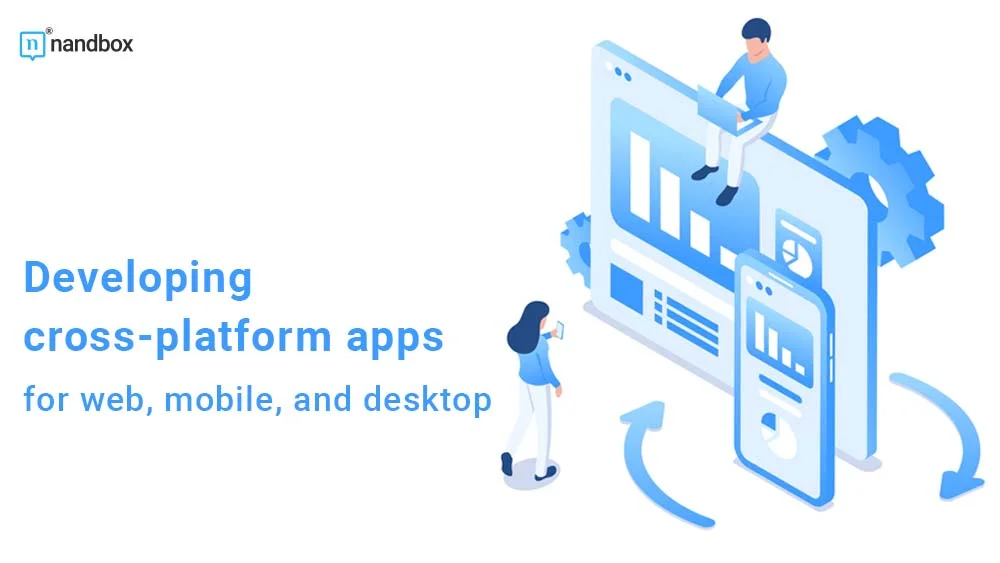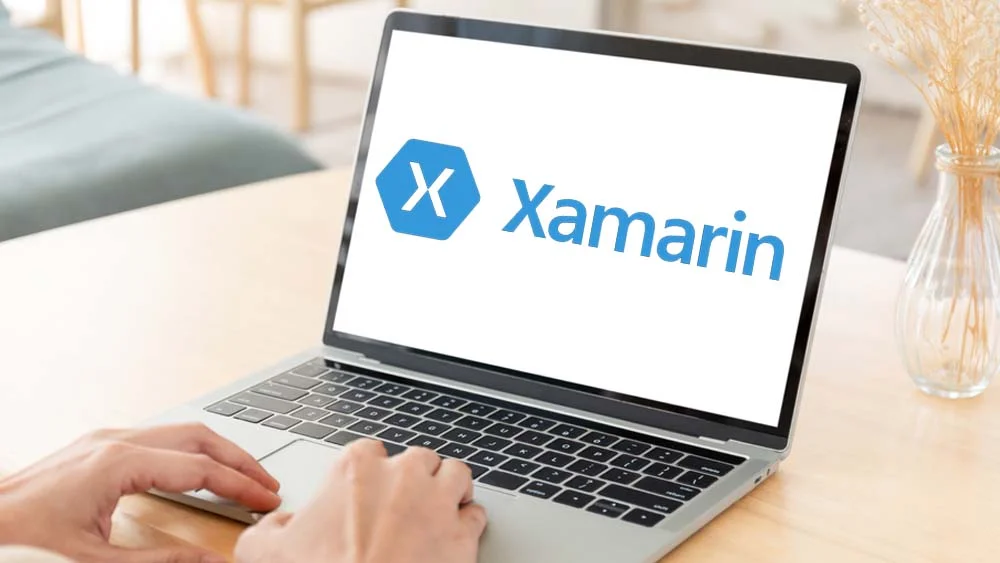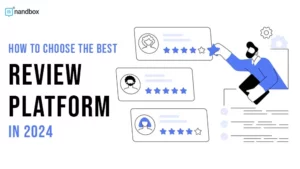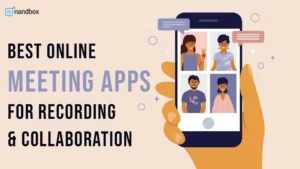Develop Your Cross-Platform App for Web, Mobile, and Desktop
Many people mistakenly believe that apps come only in one form and type. Well, isn’t that the case? Absolutely not. The mobile app industry is one of a kind (unlike apps). It is constantly evolving and never fails to amaze us day by day. What was originally a basic concept with limited functionality has developed into something advanced and potent. Apps come in various types, with possibly more to come in the future. One type of app that has become increasingly important and widely used is cross-platform. We’ll be diving deep into the world of cross-platform apps and platforms to provide you with the best cross-platform app development.
Type of Apps
To begin, we will get an overview of the various app types and how they differ from one another.
Web Apps
Web apps are a type of app that combines elements of an application and a website. These apps are usually accessed through browsers and are not found in app stores. Although it looks like an actual application, web apps function differently. Given that it is built with web programming languages such as HTML. A popular example of a web app is the Amazon Store app. The app is downloaded through the website and is found on phones in the form of an app. However, once accessed, it looks and functions exactly like the website.
Native Apps
On the other hand, there are native apps. Native apps are what we usually interact with on a daily basis and can be downloaded from app stores. They are the type of apps that are made especially for one specific operating system. It is called “native” because the fact that it is made for a specific operating system makes the app gain all the capabilities of the operating system or the devices it is made for. Native apps are known for being flexible and secure. However, developing a native app can be more time-consuming and expensive compared to other types of apps since different versions may need to be developed for each operating system.
Hybrid Apps
Finding the right balance between two extremes is the goal of hybrid applications. Hybrid apps contain the best features of both web apps and native apps. Hybrid apps are also accessed through browsers and built using the same tools as web apps. However, they have the additional feature of acting natively with the operating system it is used on to take advantage of the device or system’s capabilities. They can also be downloaded from app stores, just like native apps. Hybrid apps have the advantages of being both safe and adaptable while also being simple to develop.
Cross-Platform Apps
The best of both worlds is offered with hybrid apps, but everything is at your fingertips with cross-platform apps. Cross-platform apps are the kind of apps that are used across all platforms. These types of apps became a really popular choice for businesses and individuals seeking maximum reach.
Diving Deep into Cross-platform development
Cross-platform app development is certainly an interesting process. Some may think it needs double the effort developing a native app would need as it would be used on so many platforms. However, this is not true. Unlike native apps, having an application that can be utilized on all these types of platforms doesn’t require a separate development process for each operating system. Cross-platform development uses a single, unified code base utilized across all systems and platforms. Cross-platform apps have proven their efficiency and effectiveness. This is what makes them ideal for small businesses and start-ups that need apps to start reaching out to customers and users.
Advantages of Cross-platform development
Accessibility
As we mentioned earlier, these apps can be found anywhere, making it easy for users to access them on a variety of devices, including mobile phones, tablets, and even PCs. This convenience means that users can use the app anytime and anywhere they want, whether they’re on the go or sitting comfortably at home. Plus, with the ability to switch between devices, users can seamlessly transition from one device to another without losing their progress or having to start over. This flexibility is especially important for users who have busy lifestyles and need to be able to access the app at different times throughout the day.
Broader Reach
One of the biggest advantages of cross-platform development is the ability to reach a wider audience. With multiple platforms available in the market, businesses can target users on different devices and operating systems without spending significant resources on developing individual apps for each platform. This ensures that the app has maximum relevance and accessibility to its target audience, leading to higher chances of user engagement and growth. Cross-platform development also allows businesses to adapt their app according to individual platform features, ensuring that it fits well with all environments.
Fast Development Process
Another advantage of cross-platform development for developers and businesses is its fast development process. With traditional app development, creating separate apps for different platforms can be time-consuming and costly. However, with cross-platform development tools, businesses can develop one codebase that can be used across multiple platforms, meaning developers only need to write the code and go through the process once. This streamlines the development process and allows businesses to release their apps faster to the market.
Best Cross-Platform App Development Platforms
The last thing we need to discuss is the best cross-platform app development platforms. As this type of development gains popularity and significance day by day. Many platforms started offering tools and services that could help developers through the process and make it easier. Here are the top three tools that we found:
1.) Xamarin
Xamarin is a platform that allows developers to build cross-platform apps using C# language. It provides a single codebase that can be used to build apps for multiple platforms such as iOS, Android, and Windows. The platform also offers a range of tools and features for developers to help them create high-quality apps quickly and easily.
2.) React Native
The most widely used platform for cross-platform app development is React Native. Meta founded React Native in 2015. As a platform, it handles everything regarding the development process efficiently. It allows developers to create and control everything from user interfaces to codes and frameworks.
3.) Flutter
Flutter is a free platform created by Google for developing apps that run on several platforms. Through the platform, developers can create a unified codebase and create native apps for all devices. Unlike other platforms, flutter is a special programming language called “Dart” that was developed especially for the platform. What makes “Dart” special is that it is easy to use and learn.








